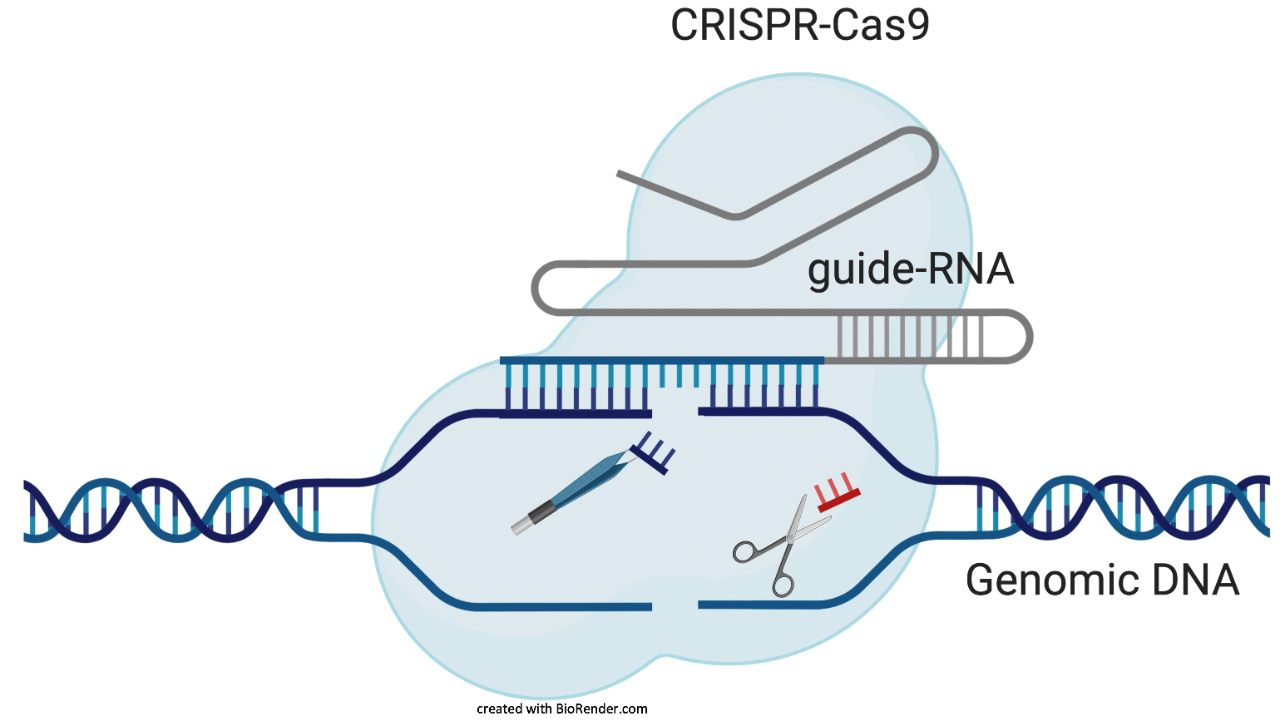CRISPR-Cas systems are natively found in bacteria and archaea to fight against their viral intruders. Charpentier and Doudna’s laboratories identified the RNA and protein components required for its function.
“They elegantly demonstrated that the RNA component holds the location code that guides the protein Cas9 to the right location in an extensive genome,” Rajan said. “The location specificity solely depends on the complementary base pairing between the ‘guide’ RNA and a stretch of 20 nucleotides in a massive pool of genomic DNA. Cas9 then acts as the genetic scissors to cut that specific position of the genome to make permanent, heritable changes in the code of life.”
She adds that this mechanism provides the ability to quickly and accurately modify the genomic DNA, forming the basis of a revolutionary technology to edit microorganisms, plants, animals and humans.
“The future of this technology lies in correcting ‘errors’ in human genomes to treat genetically inherited diseases, with several clinical trials currently happening to treat cancer, blood disorders, blindness and viral infections, to name a few,” Rajan said. “Cas9 also has laid its marks on agriculture and animal husbandry, positively impacting future food production.”
At OU, Rajan’s lab is also working on CRISPR research.





